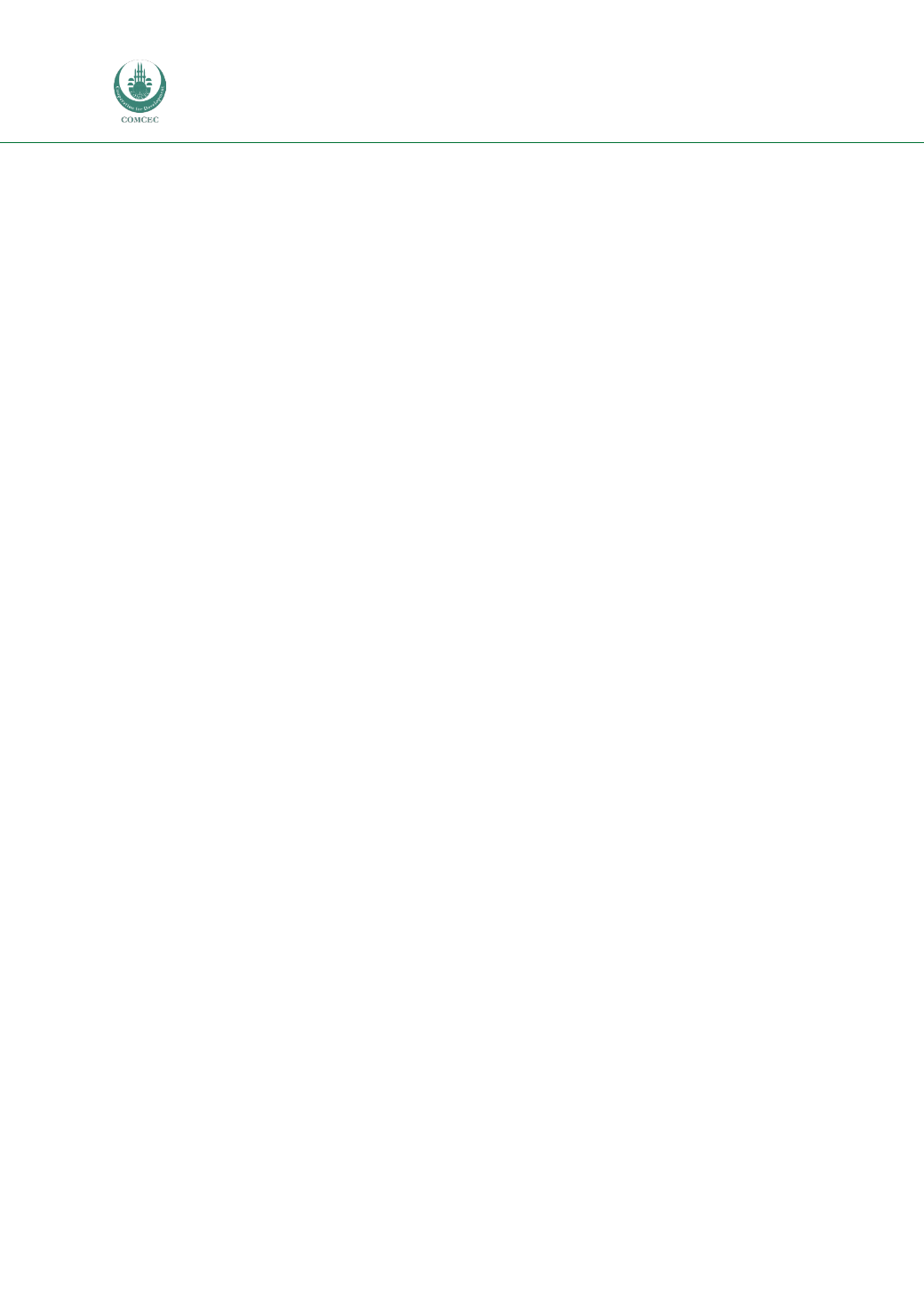

Urban Transport in the OIC Megacities
150
Tehran has made an extraordinary shift to sustainable urban transport in less than ten years. The
strong political commitment of the municipal authorities to change the city and the development of a
vision for 2025 are the biggest strength of the transport sector in the city at the moment. In addition,
the expansion of public transport infrastructure across the city provides an excellent basis for
promoting sustainable transport. In addition, the high costs of private vehicles, the relatively low
modal share of private cars and the existing culture of ridesharing provide a basis for changing the
role of the car in Tehran. The combination of political commitment, vision and good public transport
provide a framework upon which future plans, investments and further engagement of the public can
be built. As the sustainable transport is gaining momentum in the city, its social, environmental and
economic benefits are becoming plausible and therefore it becomes more difficult for these efforts to
fail.
At the same time, the political stability of the country and the international recognition of Tehran’s
efforts are an opportunity for supporting growth and success. On the one hand, Tehran remains one
of Iran’s primary engines of economic growth and international outreach. As the city becomes more
sustainable it is more likely to receive better funding from the national government due to the
increased returns of such an investment. In addition, international recognition can also bring
additional support and potentially benefits from sharing its experience and becoming a pioneer in
sustainable transport in the Middle East region.
However, although it seems that Tehran is on the right path, there are still some obstacles to overcome.
Residues from previous policies and unsustainable transport planning are the biggest weakness of the
city. The lack of integration between land use and transport and the extensive car oriented
infrastructure dominate the urban fabric and sustain private transport mobility. In addition they
contribute to persisting poor air quality (along with the landscape formation of the surrounding area)
and congestion. At the same time, public transport is expected not meet the current demand levels, at
least until the full plans for the city are complete. In order to face these challenges the city will need
to focus on management measures until the long term impacts of adding or removing infrastructure
in the city arrive.
Finally, the Tehran is facing some external threats which may affect the effectiveness of the adopted
plans or the ability of local authorities to adopt them. To beginwith, Iran’s economy is largely oil based.
This means that it is affected by international trends of which it has little control. This means that the
available budget for transport can also be affected by global market conditions. At the same time, the
national funding for transport does not meet the needs for the city. Municipal revenues and
contractual agreements with the private sector have a significantly lower contribution to capital
investments which means that the implementation of plans can be delayed or cancelled due to limited
funding. Finally, cultural and institutional refuse to change to sustainable transport, either due to
existing market forces and interests or due to the association of private mobility to wealth, is posing
a significant threat to the success of sustainable transport operations. In order to limit its risks, the
city can work on reducing its dependency to the national government and increase public engagement
with its efforts.

















